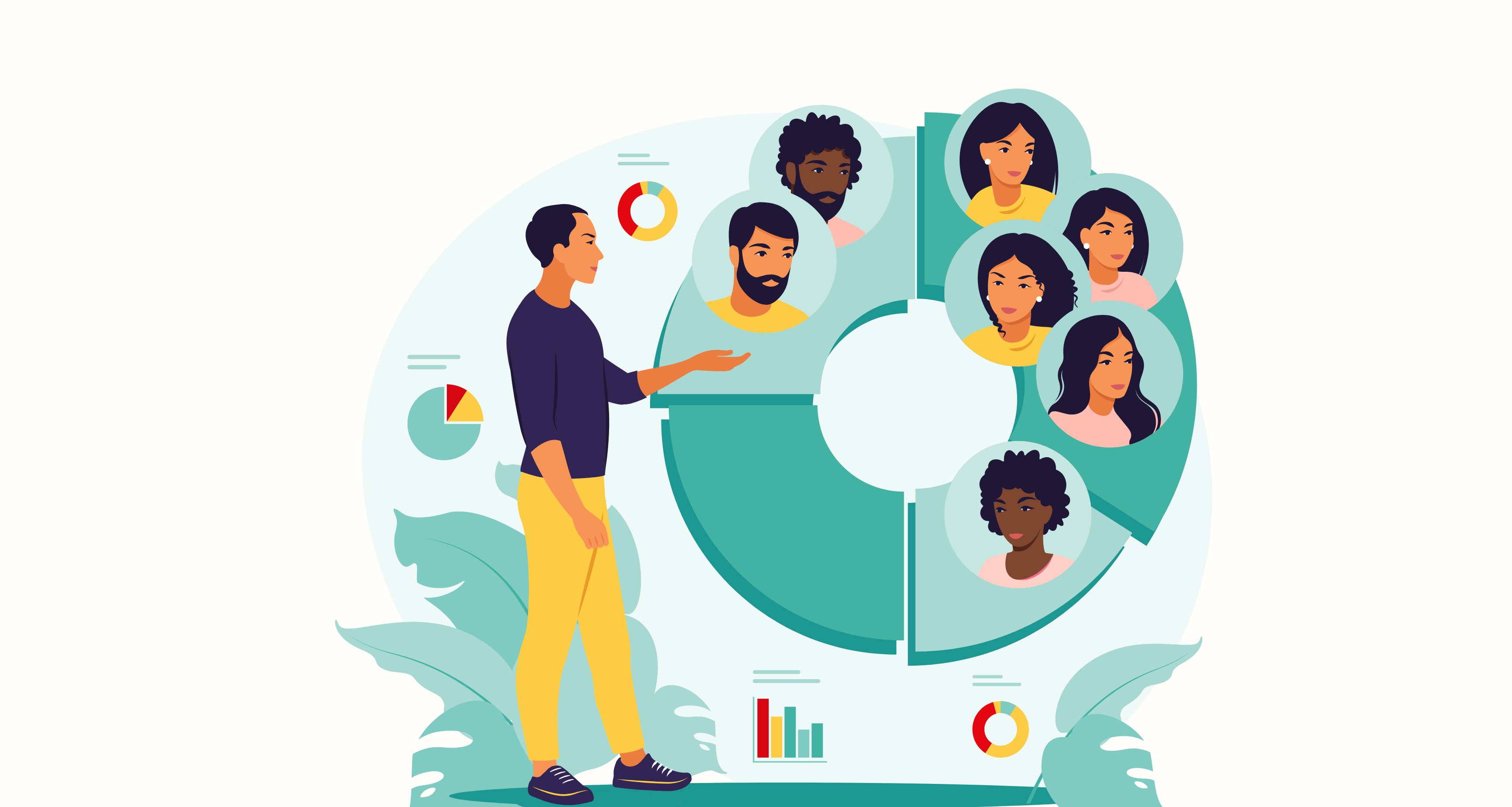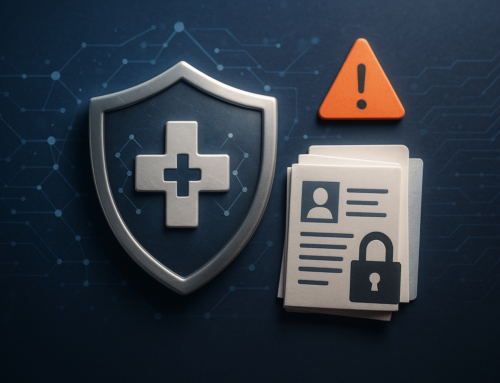
Reducing turnover rates and providing proper training are among the top goals when hiring new employees. The onboarding process is pivotal in ensuring employees understand their job duties, engage in best cybersecurity practices, and comply with important regulations like the Health Insurance Portability and Accountability Act, Occupational Health and Safety Administration, and prevention of Fraud, Waste, and Abuse in healthcare.
The need for healthcare compliance is a significant driver in attracting the best new hires and guiding them through an effective onboarding experience. With healthcare onboarding software, your organization can track the progress of each employee’s orientation and training, reducing the likelihood of compliance violations later.
Importance of Healthcare Employee Onboarding
Employees who understand the importance of eliminating fraud, waste, and abuse are more likely to comply with federal regulations that preserve patient safety and maintain ethical behaviors. Healthcare employee onboarding will ensure new hires understand and follow the compliance regulations pivotal to quality patient care and healthcare operations.
A comprehensive healthcare onboarding checklist is a good start in attracting and retaining ethical and productive team members. The U.S. Department of Health and Human Services provides a detailed list of steps human resources personnel and leaders can take when orienting each new hire. They recommend implementing the onboarding process in three phrases:
- Phase One: After-offer administrative steps like checking for required licenses, conducting background checks, applications for hospital privileges (if applicable), and enrolling in employee benefits plans.
- Phase Two: Facility or hospital orientation, typically involving physical tours, meeting key staff and supervisors, reviewing policies and organizational mission statements, and setting up access to technologies and electronic medical records.
- Phase Three: Department of unit orientation, including reviewing safety and personal protective equipment procedures, verifying job-specific competencies and qualifications, and orientation to equipment or laboratory use.
How Onboarding Software Can Help
Software from a reputable compliance provider can enhance your healthcare onboarding best practices. It can also help you streamline all onboarding phases and centralize the process.
When choosing software that supports your onboarding protocols, put at the top of your list the providers that offer the following in their systems:
- Policy and operational templates
- Information access and permissions controls
- Ability to upload your company’s templates and forms
- Compliance and cybersecurity training
- Onboarding, orientation, and training to specific employees or newly hired individuals
- Human Resources Information Systems integration to merge your employee management workflows with onboarding and compliance software
- Reports for tracking onboarding progress
- Automated paperwork and administrative functions
- Verification credentials, educational requirements, and licenses
- Feedback collection from new hires about the onboarding experience
With the right healthcare onboarding software, you’re not locked into just one method or set of procedures. The best onboarding products are those you can adapt to your organization’s workflows. The long-term benefits include high retention rates and employees who understand the importance of complying with necessary healthcare regulations and applying those high standards to their work.
At Compliancy Group, we know how important it is to ensure your new hires understand and adhere to healthcare regulations. Learn why many organizations turn to us for tools and guidance to promote healthcare onboarding best practices.








